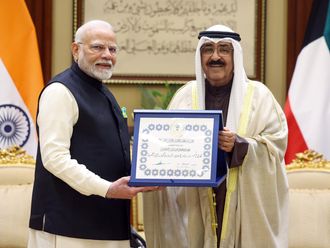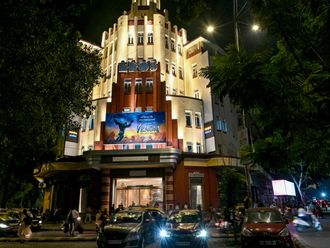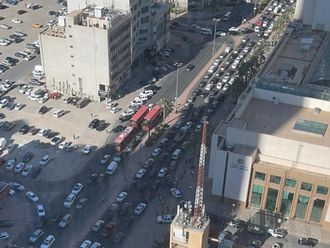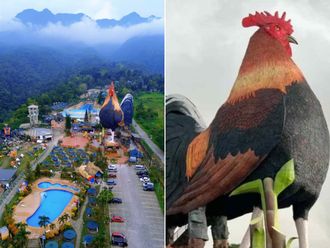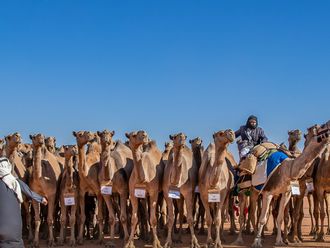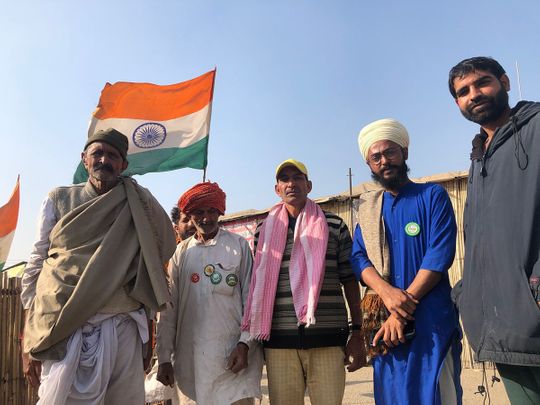
Singhu Border (Delhi/Haryana): It’s been a long and to a large extent even bloody turf war at that in which an estimated 700-plus people lost their lives in the last 12 months. With the federal government in India repealing the contentious farm laws in Lok Sabha (Upper House of parliament) on November 29 and then accepting the farmers’ demands on a minimum support price (MSP) guarantee for grains on December 8, the Samyukt Kisan Morcha (Joint Front of Farmers) or SKM finally called off its stir on Thursday.
However, SKM has issued a caveat: If the government falters on its promises, the farmers will resume their agitation. But for now, at least, there is a sigh of relief in all quarters as the 378-day impasse has come to an amicable end.
Speaking to Gulf News on Thursday night from Singhu on the Delhi-Haryana border, barely a few hours after SKM decided to end its agitation, Harpreet Singh, the senior pradhan (chief) of Bharatiya Kisan Union’s (Indian Farmers Union) Punjab wing, said: “Amid the shower of flower petals and a nagar kirtan (processional chanting of holy hymns), we will be returning home on Saturday, December 11.
"But let me also tell you, that we have a meeting slated for December 15, where we will review the situation. If the government doesn’t keep its promises, we’ll be back in Singhu in no time!”
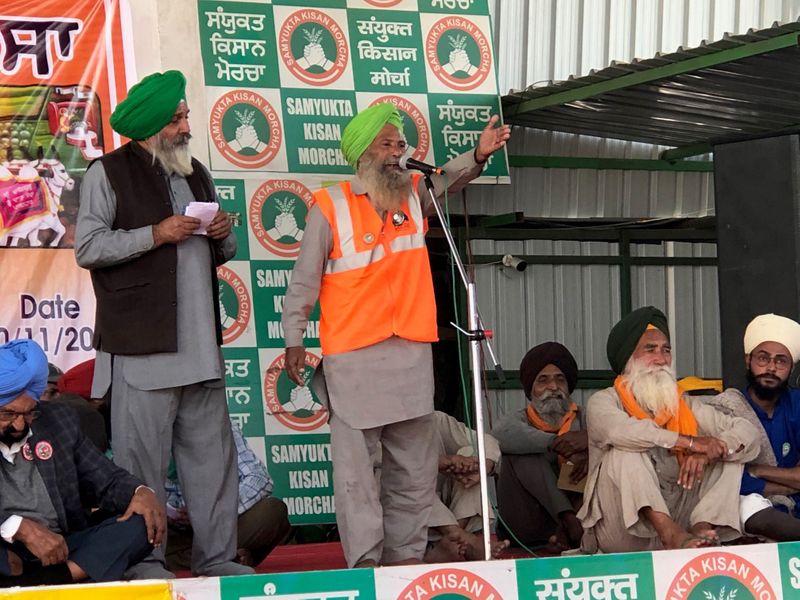
Two weeks ago, Gulf News had visited Singhu Border for a closer look at the epicentre of India’s farmer agitation for the last 12 months. After a 35km car ride from New Delhi Railway Station, down the Delhi-Karnal highway, followed by another five km on a rickety, three-wheeler ‘auto-rickshaw’ down the pot-hole strewn dirt roads that kept reminding one about where exactly one’s rib-cage was ensconced, when this correspondent finally reached Singhu Border, the mood at those 200-odd makeshift camps was quite upbeat, to put it in very modest terms. According to an estimate by Haryana Police, approximately 19,000 farmers, primarily from western Uttar Pradesh, Punjab and Haryana, had been camping there since November 2020.
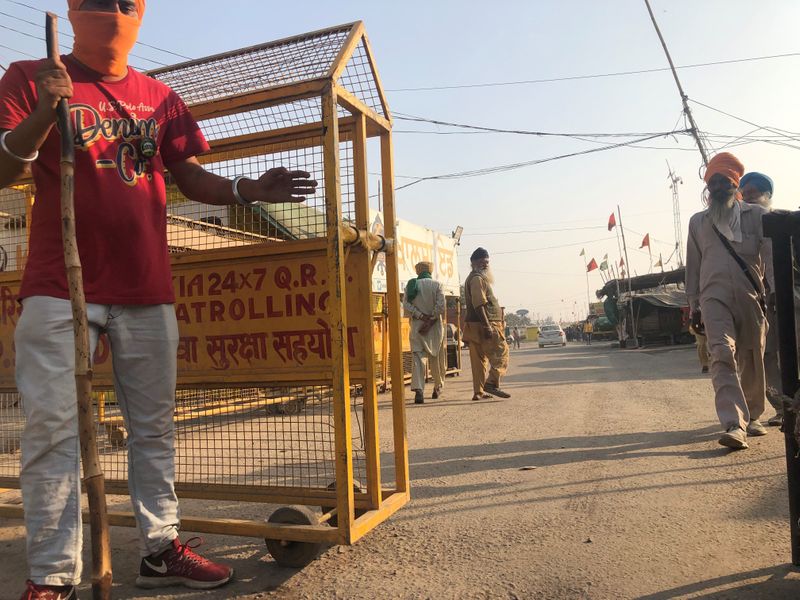
Standing at Singhu Border, the same Harpreet Singh from Punjab had then told Gulf News: “The day all our demands are met, I will go back to Punjab beating my dhol.” On Thursday night, when Gulf News caught up with him over the phone from Kolkata, the excitement in his voice was palpable.
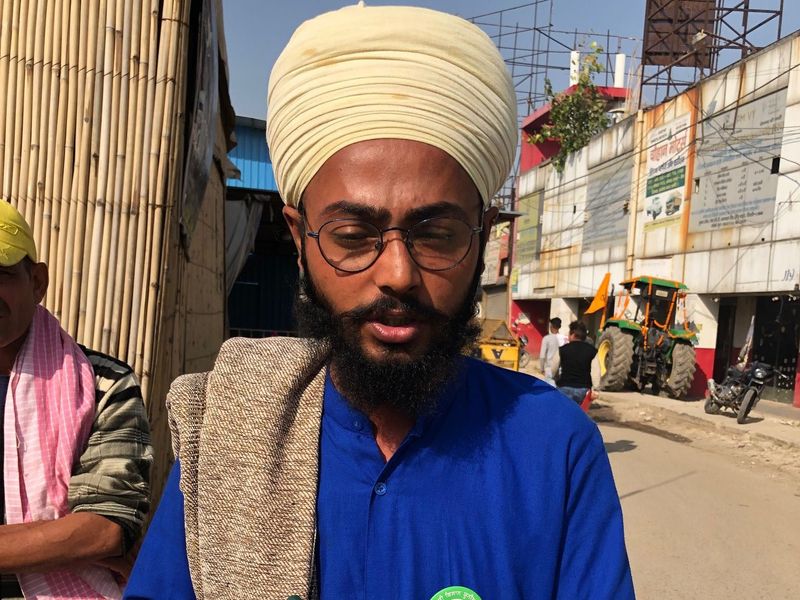
Quite interestingly, while the farmers’ lobby has very assiduously kept all political parties away from its agitation sites at Singhu, Tikri and Ghazipur borders near Delhi for one whole year, lest their agenda get hijacked by mainstream political outfits, the lobby’s own political ambitions have been laid bare. But for now, they are treading with caution — particularly after the mayhem on the streets of New Delhi on January 26, this year.
“Some outsiders had gate-crashed our peaceful tractor rally that day and tried to tarnish our image,” Virender Kundu, a farmer from Haryana and an SKM member, told Gulf News at Singhu Border.
“We will not let any political party or leader get a toehold in SKM. This movement is entirely by and for us farmers and we are determined to keep political parties out of it,” said 65-year-old Bhartha Dhanda from Kithana, Haryana. Randheer Singh, 75, from Panipat in Haryana, standing next to him, nodded in agreement, saying: “Why should we let any of these political parties or leaders be a part of our movement? In any case, they haven’t done anything for farmers’ welfare in all these decades since Independence, except for trying to appease us as a vote bank before every election.”
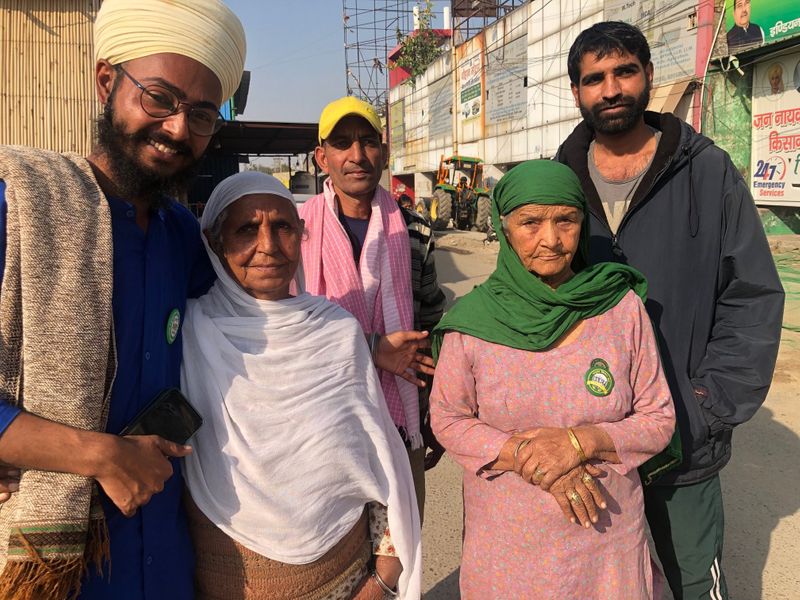
However, while the agitating farmers’ lobby ensured that banners of political parties were nowhere to be seen in or around their protest sites, the lobby isn’t ruling out its own political ambitions yet.
“Even when we go back home, every year, for ten days, we will assemble here at the Singhu Border and conduct a ‘mela’ [fair] in a show of solidarity towards the farming community,” said Harpreet Singh. “We also demand that the government build a memorial as a mark of respect towards all those 700-odd people who have been martyred during the course of our movement,” added Bhartha Dhanda, another farmer-activist from Haryana.
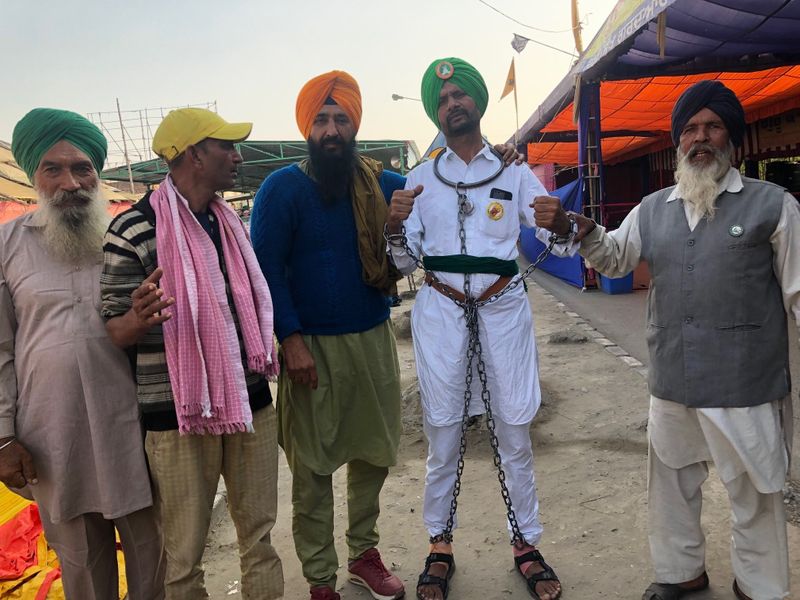
Harpreet, in fact, went a step ahead and said that farmer unity won’t end with this agitation, but it could metamorphose into something bigger in the future. “We aren’t ruling out launching a political movement. Our leadership is currently weighing all options that are on the table. With elections coming up in Uttar Pradesh and Punjab early next year, you may see us playing a more active role in the political field. But we farmers have left that decision with our top leadership,” he added.
Harbinger of a regimented life
An army-like commitment to discipline and self-reliance is what helped these farmers hold their ground for so long. From improvised fire extinguishers to field hospitals and health centres, from the ‘langars’ (places where food is served for free) to the protest podium, there was no sign of chaos or over-crowding anywhere. Right from checking each vehicle that was being allowed into the agitation site, to keeping vigil on horseback, to serving food at the langars ... roles were clearly defined and were being strictly adhered to.
Reaching out to a wider audience
And there was no dearth of a philanthropic side to the movement. “The makeshift health centres you see here are even capable of conducting minor surgeries. We have our doctor friends from Punjab, Haryana and other states who are providing us with all the medical and health-related assistance we need — all for free! And it’s not just for us protesting farmers, but even residents of the adjoining areas sometimes come to us seeking medical assistance. Our health centres are open to all,” said Jasbir Narwar from Jind, Haryana, who had been camping there since November 2020.
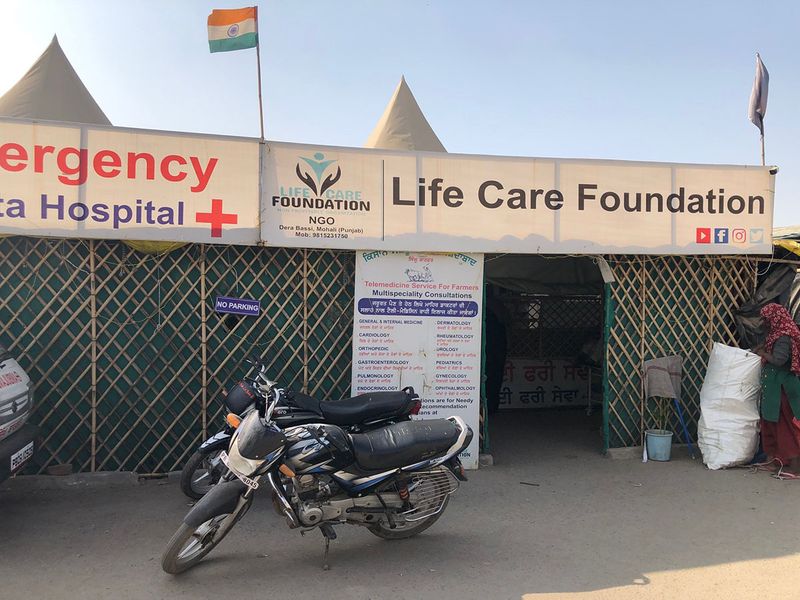
This attempt to be responsive towards the residents of the surrounding areas prevented any major backlash against the protesting farmers at Singhu, Tikri and Ghazipur, despite the inconveniences that the border blockades had triggered. Not just that, but the protests also attracted people from a wider cross-section of society. Take, for instance, the case of middle-aged homemaker Manjit Kaur from New Delhi. When Gulf News caught up with her at the Singhu protest site, Manjit was seen in the company of two women farmers, Jasbeer Khair, from Amritsar in Punjab, and Jasbeer Dhindsa, from the Sangroor district of Punjab. “I have come here to check on my ‘sisters’. Me or my family are not part of the farming community. My husband has his own business in Delhi, but I still felt the urge to be here,” Manjit told Gulf News.
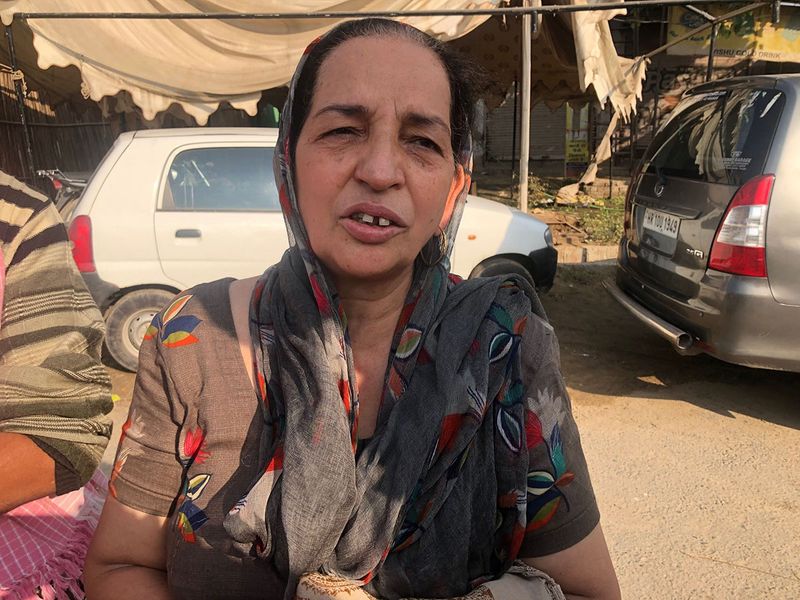
As the ‘army’ marched on its stomach
It is often said that an ‘army marches on its stomach’. As this correspondent was walking into the camp site on Singhu Border, a mini-truck heavily laden with raw vegetables was seen making its way past the security check point at the entrance. Later, many such mini-trucks and jeeps were seen entering the site with vegetables and other essential supplies of perishables. “Right from chapatis [hand-made, wheat flat-breads] to lassi [sweet butter-milk], all the food we have is either home-made or freshly made at the langars here,” said Virender Kundu.
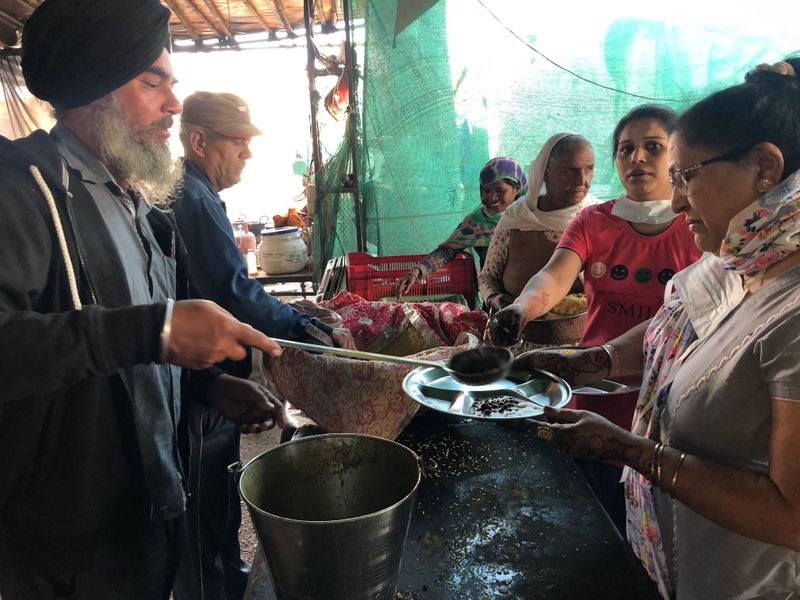
The more-than 30 ‘langar’s at Singhu Border were like non-stop banquets serving food, tea and snacks practically 24x7 to whoever was walking in — not just the protesting farmers. As this correspondent was treated to some piping hot Punjabi masala chai (spice-flavoured tea) and pakodas (deep-fried vegetable fritters) at one of the ‘langars, the queue of diners being served a three-course, hot, vegetarian meal was quite noticeable. Makkhan Singh and Chand Singh from Patiala, Punjab, told this correspondent: “Anyone who comes to our camps is welcome to dine with us. A langar is part of the legendary Sikh hospitality and religiosity as well and we are trying to maintain that tradition here.”
No dearth of funds
The question that obviously came to one’s mind was that at a time when food prices had seen an abnormal spike in open markets all across India, how did the farmers manage such a massive dining arrangement for more than a year?
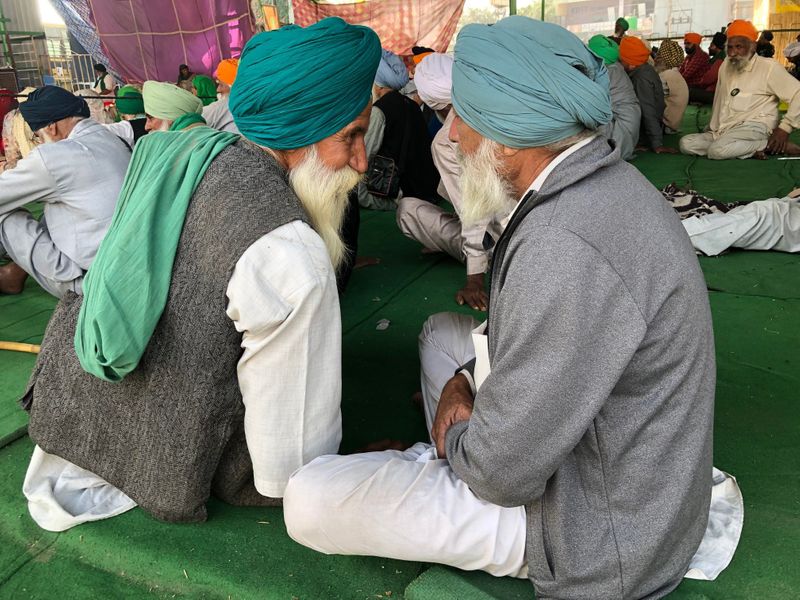
“There are roughly 6,800 villages in Haryana alone. Each of these villages, on an average, has arranged donations and aids to the tune of Rs1.5 million (Dh73,410). Mind you, that’s just one village in one state. Now bring Punjab and Uttar Pradesh into the picture as well. Plus, there are funds pouring in from other parts of the country and we also have our sympathisers among the nonresident Indian community spread across the world. “So, we can continue with these protests for as long as we want,” Jasbir Narwar told Gulf News.
Very ambitious, but also quite a practical statement, one thought.
The farmers have ended their agitation for now, but in the days ahead, it will be interesting to watch which way the weary feet trudge — home-ward or pulpit-ward!




